#gemälde
Photo
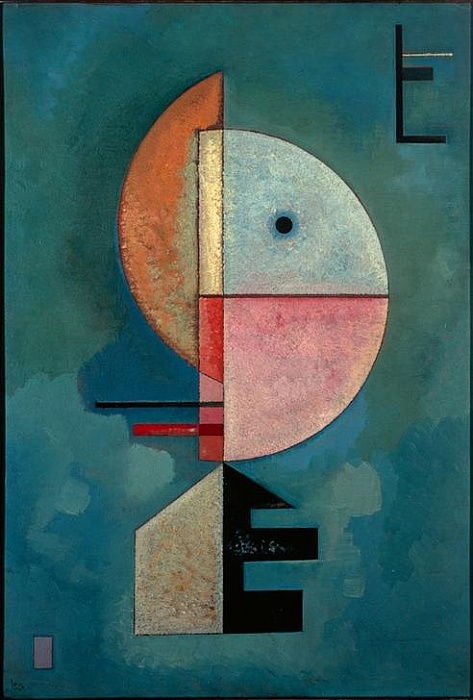
Empor by Wassily Kandinsky (1929, Gemälde)
#Wassily Kandinsky#kandinsky#empor#technology#abstract#bauhaus#russian#art#russian artist#painting#abstract art#famous artist#blue#artwork#gemälde#kunst
934 notes
·
View notes
Photo

Der Pfad am Rande des Waldes, c.1851 von Johann Wilhelm Schirmer (Öl auf Leinwand)
#kunst#kunstwerk#art#artwork#johann wilhelm schirmer#landschaft#landscape#nature#natur#wald#forest#flora#pflanzen#plants#bäume#trees#pfad#path#himmel#sky#ländlich#country side#wolken#clouds#gemälde#painting#ölgemälde#oil painting#view#aussicht
330 notes
·
View notes
Text
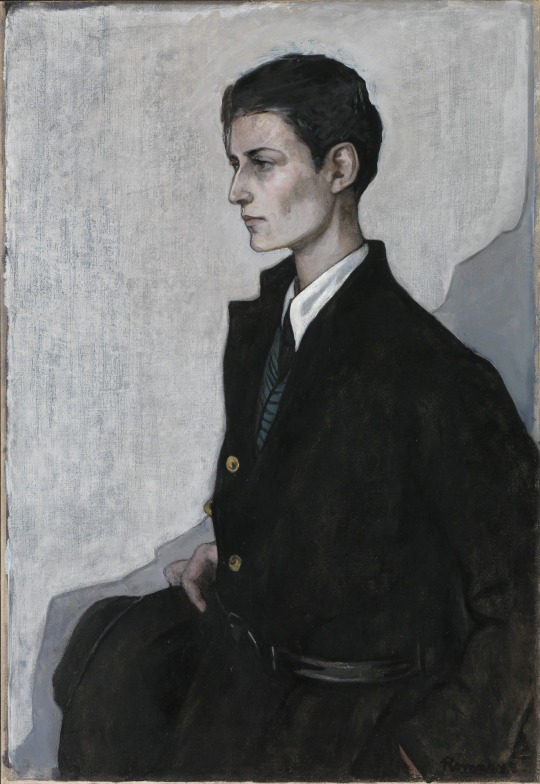
Romaine Brooks ~ Peter (A Young English Girl), 1923-1924, oil on canvas SAAM-1970.70_2
Peter depicts British painter Hannah Gluckstein, heir to a catering empire who adopted the genderless professional name Gluck in the early 1920s. By the time Brooks met her at one of Natalie Barney's literary salons, Gluckstein had begun using the name Peyter (Peter) Gluck. She unapologetically wore men's suits and fedoras, clearly asserting the association between androgyny and lesbian identity. Brooks's carefully nuanced palette and quiet, empty space produced an image of refined and austere modernity. ~ The Art of Romaine Brooks, 2016
view more on wordPress

Gluck (Hannah Gluckstein) (1895-1978) by unknown. From : Gluck : Art and Identity | src NYT
view more on wordPress
#Gluck#Hannah Gluckstein#a queer eye#lgbtgia+#LGBTQ#1920s#romaine brooks#women artists#women painters#women photographers#painting#androgynous#gemälde#oil on canvas#portrait#ritratto#retrato#Bildnis#Aufnahme#gender#1930s#lesbian pride#lesbian identity#gender and identity#androgyne aesthetic#androgyne pride#photography
331 notes
·
View notes
Text



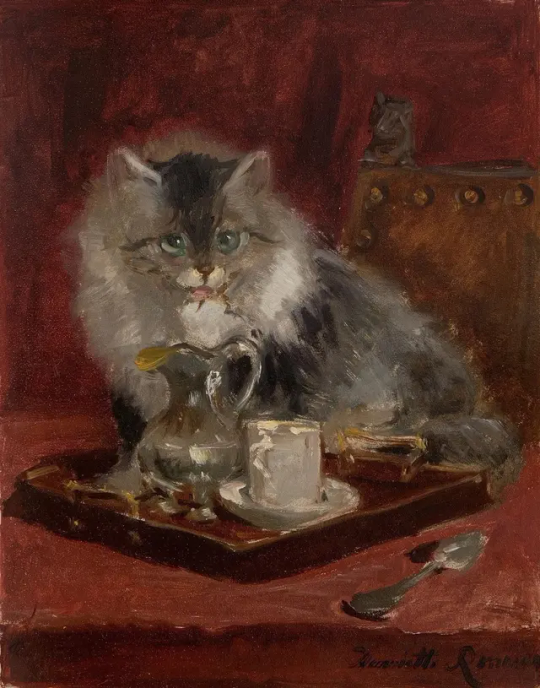
Works by Henrietta Ronner-Knip.
The artist became famous for her work with cats and kittens. It is believed that it was she who introduced the fashion for anthropomorphism in animalism: animals began to be depicted as similar to people — with complex emotions, characters, and a deep meaningful look.
1821 - 1909.
Werke von Henriëtte Ronner-Knip.
Die Künstlerin wurde durch ihre Arbeiten mit Katzen und Kätzchen bekannt. Es wird angenommen, dass sie den Anthropomorphismus in der Animalistik in Mode gebracht hat: Tiere wurden wie Menschen dargestellt — mit komplexen Emotionen, Charakteren, einem tiefen, sinnvollen Blick.
1821 - 1909.
#dark academia#vintage#chaotic academia#light academia#art#kitty#animals#cat#aesthetic#painting#romanticism#painter#escapism#kunst#tiere#gemälde#katze#kätzchen#1800s
236 notes
·
View notes
Photo
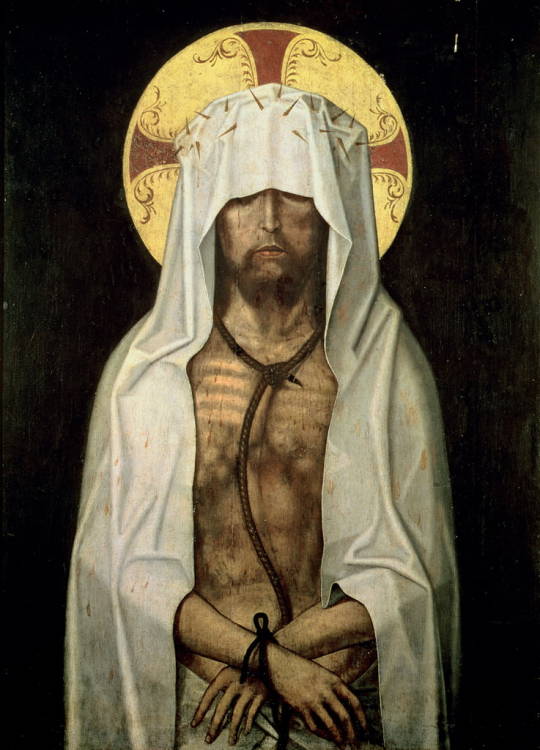
Ecce Homo (Tempera auf Tafel)
Tempera auf Holz, Museu Nacional de Arte Antiga, Lisbon, Portugal
#Portuguese School#christentum#religion#glaube#kunst#gemälde#meisterwerk#kunstdruck#museum#galerie#kunstwerk#kirche#portugal#portuguese#ecce homo#dark#faith#church
331 notes
·
View notes
Photo
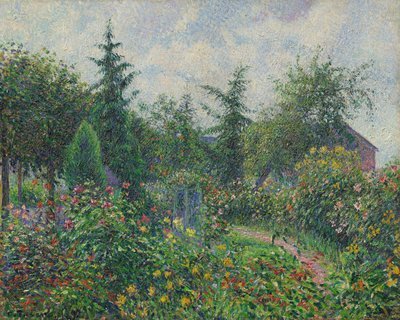
Garden and henhouse at Octave Mirbeau's, Les Damps, 1892. by Camille Pissarro
#Camille Pissarro#Pissarro#garden#garden flowers#nature#nature painting#green#outdoors#trees#flowers#flower garden#beautiful flowers#floral#floral art#blumen#blumengarten#henhouse#octave mirbeau#footpath#impressionism#painting#malerei#gemälde#art#summer garden#seasons#blooming#sun light#meadow
72 notes
·
View notes
Photo

Winter: a young woman walking in the snow, Edo period, c.1772-80 (colour und gold on silk) by Isoda Koryusai (Undated, colour and gold on silk)
#art#artwork#kunst#kunstwerk#isoda koryusai#winter#snow#schnee#cold#woman#frau#walking#spazieren#silk#seide#painting#gemälde#nature#natur#snowflakes#schneeflocken#snowfall#schneefall#art print#kunstdruck#asian art#asiatische kunst
43 notes
·
View notes
Photo

Männlicher Torso im Profil, rechter Arm erhoben, 1812 - Theodore Gericault
Öl auf Leinwand
80 notes
·
View notes
Photo
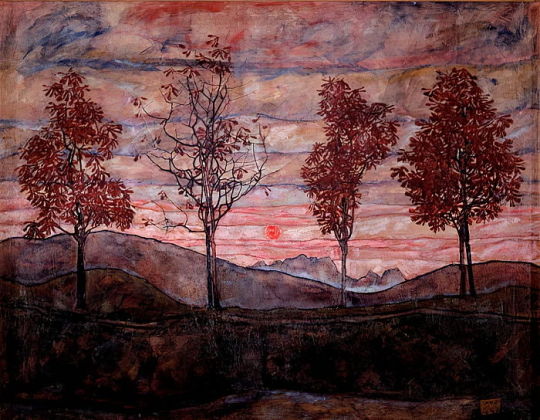
Four trees. Painting by Egon Schiele by Egon Schiele (Malerei)
#art#artwork#kunst#kunstwerk#egon schiele#artist#künstler#landschaft#landscape#natur#nature#trees#bäume#red#rot#evening#abend#painting#gemälde#expressionism#expressionismus#four trees#masterpiece#famous paintings
178 notes
·
View notes
Photo

Das Tal der Sedelle, 1897 von Jean Baptiste Armand Guillaumin
(1897, Öl auf Leinwand)
#Jean Baptiste Armand Guillaumin#Guillaumin#valley#sedelle#tal#flowers#flower fields#landscape#nature#landschaft#view#art#paitning#malerei#gemälde
131 notes
·
View notes
Text

#Wassily Kandinsky#kandinsky#empor#technology#abstract#bauhaus#russian#art#russian artist#painting#abstract art#famous artist#blue#artwork#gemälde#kunst#oil painting#handmade#oil on canvas#wassily kandinsky#nobrashfestivity#abstraction#vassily kandinsky
8 notes
·
View notes
Text
Notable portraits by Beltran Masses
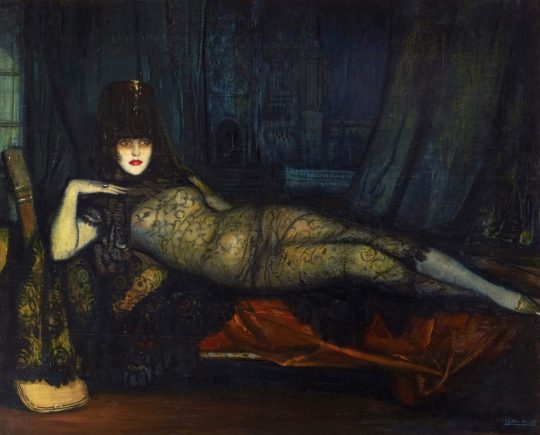
Federico Beltrán-Masses (1885–1949) ~ La Maja Maldita, 1918. Oil on canvas. Posed (likely) by Carmen Tórtola Valencia

Federico Beltrán-Masses (1885–1949) ~ La Marchesa Casati, 1920. Oil on canvas
View on WordPress
#carmen tortola valencia#federico beltran masses#la casati#marchesa casati#la divina marchesa#luisa casati#tortola valencia#maja maldita#marchesa luisa casati#oil on canvas#painting#Gemälde#1920s#peinture#pintura#pittura#cuadro#portrait#1910s#Porträt#retrato#ritratto#portret#retrat#Bildnis#tórtola valencia#women artists
228 notes
·
View notes
Text
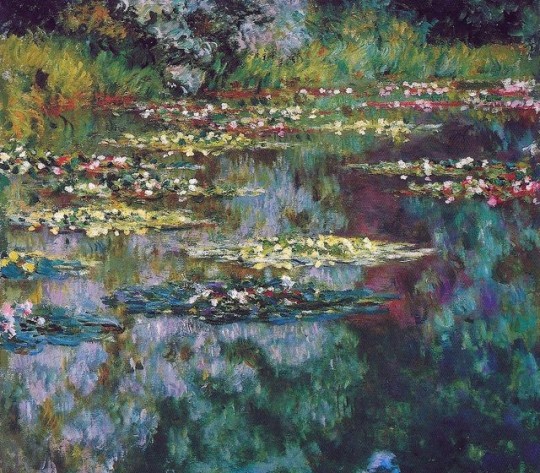
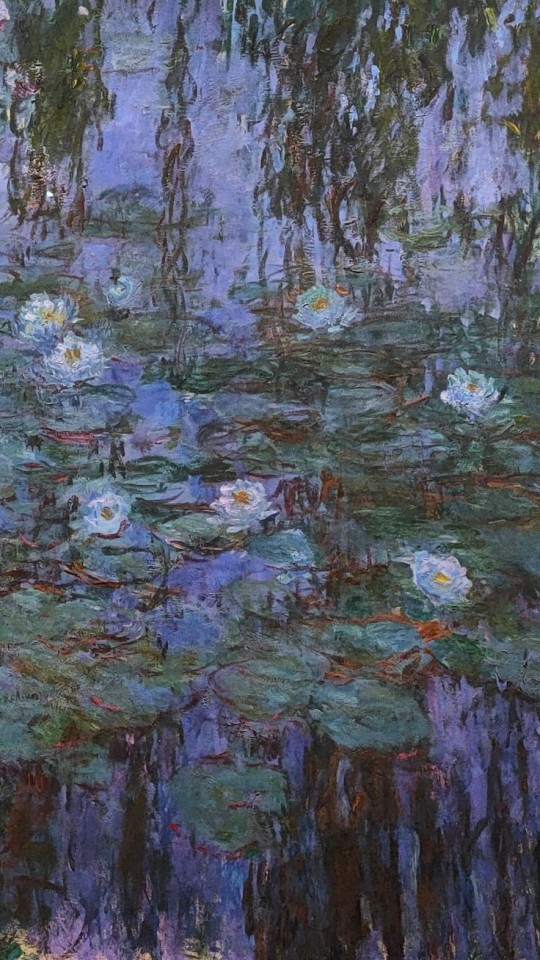
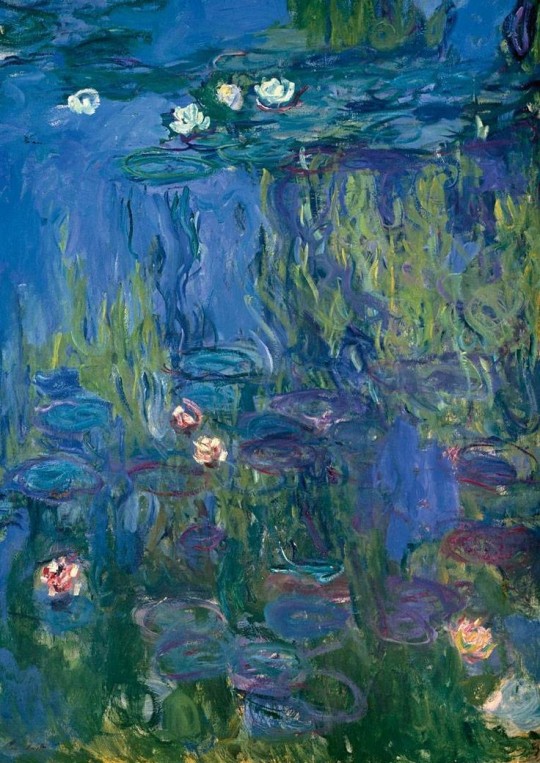
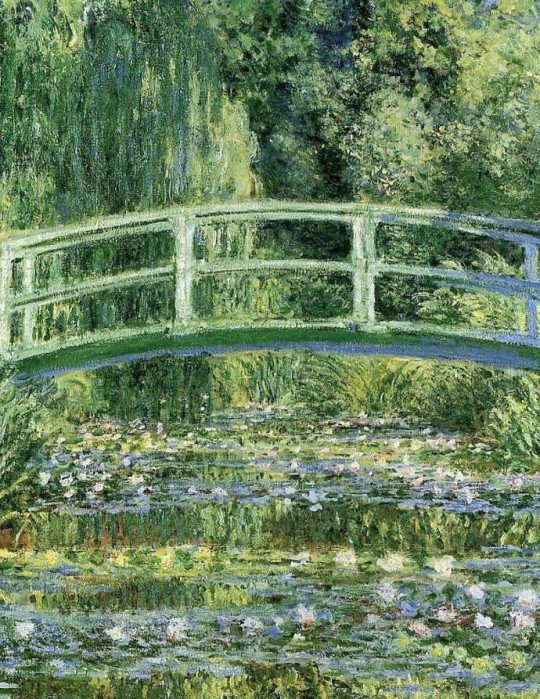
Works by Claude Monet.
Claude Monet was in great awe of flowers. An example of this is his own garden in Giverny, which everyone can visit at the moment. The second proof of the love of flowers is, of course, the paintings of the artist.
Throughout the life of Claude Monet, nature most often became the main character of the great painter's works. Monet carried a love for flowers – he admired them, grew them, and, of course, painted. Interestingly, he even painted his family surrounded by flowers, thereby emphasizing his love for them.
Lilies and water lilies occupy a special place in Monet's work. He fell in love with them in the late period of creativity.
1840 - 1926.
Werke von Claude Monet
Claude Monet behandelte die Farben mit großer Ehrfurcht. Ein Beispiel dafür ist sein eigener Garten in Giverny, den derzeit jeder besuchen kann. Der zweite Beweis für die Liebe zu Farben sind natürlich die Bilder des Künstlers.
Während des gesamten Lebensweges von Claude Monet wurde die Natur meistens zum Protagonisten der Werke des großen Malers.Durch sein ganzes Leben trug Monet die Liebe zu Blumen durch – er bewunderte sie, züchtete sie und zeichnete natürlich. Interessanterweise schrieb er sogar seine Familie in der Umgebung von Blumen und betonte damit seine Liebe zu ihnen.
Einen besonderen Platz in Monets Arbeit nehmen Lilien und Seerosen ein. Sie liebten ihn in der späten Schaffensperiode.
1840 - 1926.
#dark academia#escapism#art#painting#aesthetic#light academia#oil painting#painter#vintage#landscape#nature#Beauty#paradise#flowers#lake#1800s#1900s#Kunst#künstler#gemälde#naturalist#blumen#landschaft#schönheit
66 notes
·
View notes
Photo
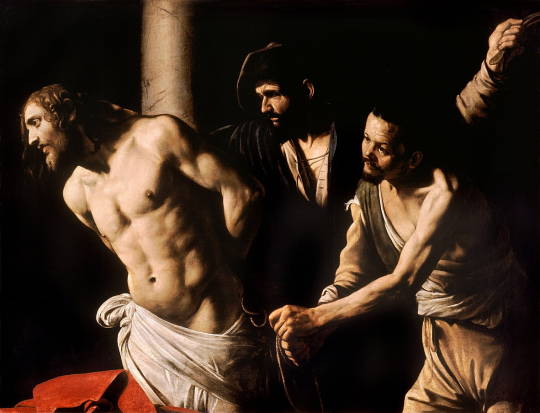
Christus an der Säule von Michelangelo Merisi Caravaggio
Öl auf Leinwand , 1607
#Michelangelo Merisi Caravaggio#christentum#religion#glaube#kunst#gemälde#meisterwerk#kunstdruck#museum#galerie#kunstwerk#kirche#christus#christ#oilpainting#ölgemälde
242 notes
·
View notes
Photo

Wasserschlangen II by Gustav Klimt
#klimt#gustav klimt#water snakes#wasserschlangen#women#nude art#floral#flowers#orange#colorful#art#artist#kunst#künstler#austrian#austria#famous artist#artwork#gemälde#museum#blumen#floral art
57 notes
·
View notes
Photo

Lacquer Paintings of Various Subjects: Butterflies, dated 1881. by Shibata Zeshin (Undated, )
#art#artwork#kunst#kunstwerk#shibata zeshin#asian art#asiatische kunst#animals#tiere#insects#insekten#butterflies#schmetterlinge#moths#motten#nature#natur#japan#painting#gemälde
21 notes
·
View notes